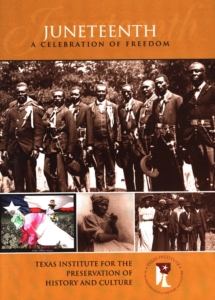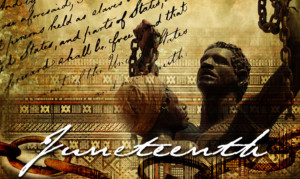
With those words, “apocalyptic regeneration,” the great abolitionist Frederick Douglass described emancipation and the new national course for race relations and a new path of independence for newly-freed African Americans who had been held in bondage since 1619 when the first African slaves arrived in Jamestown, Va. to firmly establish “the peculiar institution” in the burgeoning American colonies. During the Civil War, President Abraham Lincoln’s Emancipation Proclamation would free slaves in the rebellious Confederate states on January 1, 1863 but that news would not be officially delivered to Texas until June 19, 1865, a day that has become known as “Juneteenth.”
In commemoration of Juneteenth, the TIPHC is presenting this online exhibit, “The Apocalyptic Regeneration,” examining through images how freedom finally came to Texas, what was the reaction that day in Galveston, where the news was first announced by Union Gen. Gordon Granger, how the word was spread throughout the state to 250,000 enslaved Black Texans, and what the edict meant for African Americans who set out, for the first time, unshackled – emotionally and physically – and free to decide their own fates. They built towns (“Freedom Colonies”), schools, churches, businesses, and families they could raise and nurture without the threat of forced separation.
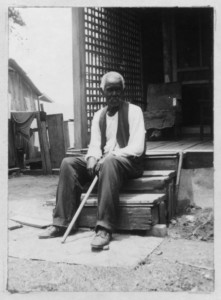 In the Slave Narratives, a former enslaved man — Felix Haywood (left) — shared his insights on how the announcement of freedom was received:
In the Slave Narratives, a former enslaved man — Felix Haywood (left) — shared his insights on how the announcement of freedom was received:
“Everybody went wild. We all felt like heroes … just like that we were free. It didn’t seem to make the whites mad, either. They went right on giving us food just the same. Nobody took our homes, but right off colored folks started on the move. They seemed to want to get close to freedom … like it was a place or a city. We knew freedom was on us, but we didn’t know what was to come with it. We thought we were going to get rich like the white folks. We thought we were going to be richer than the white folks, because we were stronger and knew how to work, and the whites didn’t, and we didn’t have to work for them any more. But it didn’t turn out that way. We soon found out that freedom could make folks proud but it didn’t make them rich.”
Exhibit Pages:
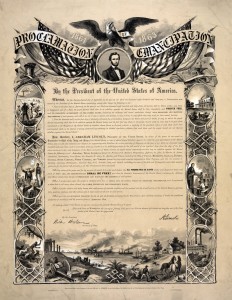 Emancipation Proclamation — The road to slaves gaining their freedom began with President Abraham Lincoln’s landmark order.
Emancipation Proclamation — The road to slaves gaining their freedom began with President Abraham Lincoln’s landmark order.
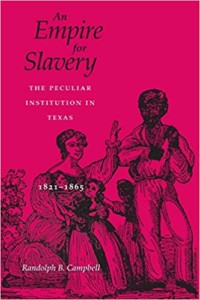 Slavery in Texas — There was a high demand in Texas for slave labor. This segment of the exhibit explains why and the role this played in enslaved Texans not getting word of their emancipation for two and a half years after the Proclamation was signed.
Slavery in Texas — There was a high demand in Texas for slave labor. This segment of the exhibit explains why and the role this played in enslaved Texans not getting word of their emancipation for two and a half years after the Proclamation was signed.
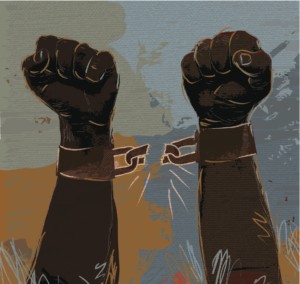 June 19, 1865 — “Freedom Day!” Where and how the news was received, how it was spread throughout Texas, and what were the reactions from both Black and White citizens and newspapers.
June 19, 1865 — “Freedom Day!” Where and how the news was received, how it was spread throughout Texas, and what were the reactions from both Black and White citizens and newspapers.
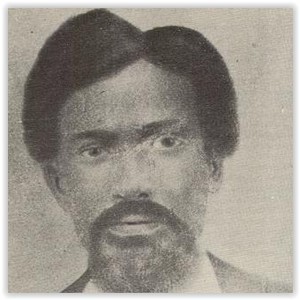 Colored folks on the move — What did the sudden freedom mean to the formerly enslaved, and how would their new status manifest.
Colored folks on the move — What did the sudden freedom mean to the formerly enslaved, and how would their new status manifest.
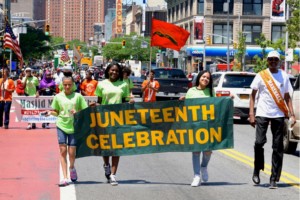
Celebrations — The day has been a cause for joyous feasts, community gatherings and more since since 1866, one year following emancipation. This page shows how the day has been celebrated through the years.
Video: “Juneteenth, Celebration of Freedom”
This trailer is from the TIPHC-produced DVD provides an insightful perspective about this significant day in American history.
View the trailer here.

